当前位置:
X-MOL 学术
›
Except. Child.
›
论文详情
Our official English website, www.x-mol.net, welcomes your
feedback! (Note: you will need to create a separate account there.)
“This is me”: Using Bronfenbrenner's Systems Model to Prioritize Student and Stakeholders’ Voices in the Co-Design of Individualized Education Programs
Exceptional Children ( IF 4.3 ) Pub Date : 2025-06-18 , DOI: 10.1177/00144029251350074 Melissa Fanshawe 1
Exceptional Children ( IF 4.3 ) Pub Date : 2025-06-18 , DOI: 10.1177/00144029251350074 Melissa Fanshawe 1
Affiliation
Individualized Education Programs (IEPs) are used to document the needs of students with disabilities and outline provisions with which to support access and inclusion in educational settings. However, often the programs focus on students’ specific needs rather than giving agency to students or considering how wider ecosystems impacts students’ ownership of learning. This study adopted Bronfenbrenner's Systems Model (BSM) to support two Australian general secondary education students with low vision to identify factors which impacted access and participation in the process of codesigning their IEPs. Using Bronfenbrenner's Systems Model (BSM) both students were able to identify factors which impacted access and participation in their educational context. Additionally, the model was useful to gain information about their learning needs from pertinent stakeholders within their ecosystem. Results from the two case studies show positive benefits from using the Systems Model within the educational context to give voice to the individual student and to understand intersecting factors impacting students with disability in their education contexts. Information gained from the IEP co-design process, using the BSM, can be used to personalize the student's learning in educational contexts.
中文翻译:

“This is me”:在个性化教育计划的共同设计中使用 Bronfenbrenner 的系统模型优先考虑学生和利益相关者的声音
个性化教育计划 (IEP) 用于记录残疾学生的需求,并概述支持教育环境中的访问和包容的规定。然而,这些计划通常侧重于学生的特定需求,而不是为学生提供代理权或考虑更广泛的生态系统如何影响学生的学习所有权。本研究采用 Bronfenbrenner 的系统模型 (BSM) 来支持两名澳大利亚视力低下的普通中等教育学生确定影响其共同设计 IEP 过程的访问和参与的因素。使用 Bronfenbrenner 的系统模型 (BSM),两名学生都能够确定影响其教育环境中访问和参与的因素。此外,该模型还有助于从生态系统中的相关利益相关者那里获得有关他们学习需求的信息。两个案例研究的结果表明,在教育环境中使用系统模型可以让每个学生发表意见,并了解在其教育环境中影响残疾学生的交叉因素,从而带来积极的好处。使用 BSM 从 IEP 协同设计过程中获得的信息可用于个性化学生在教育环境中的学习。
更新日期:2025-06-18
中文翻译:

“This is me”:在个性化教育计划的共同设计中使用 Bronfenbrenner 的系统模型优先考虑学生和利益相关者的声音
个性化教育计划 (IEP) 用于记录残疾学生的需求,并概述支持教育环境中的访问和包容的规定。然而,这些计划通常侧重于学生的特定需求,而不是为学生提供代理权或考虑更广泛的生态系统如何影响学生的学习所有权。本研究采用 Bronfenbrenner 的系统模型 (BSM) 来支持两名澳大利亚视力低下的普通中等教育学生确定影响其共同设计 IEP 过程的访问和参与的因素。使用 Bronfenbrenner 的系统模型 (BSM),两名学生都能够确定影响其教育环境中访问和参与的因素。此外,该模型还有助于从生态系统中的相关利益相关者那里获得有关他们学习需求的信息。两个案例研究的结果表明,在教育环境中使用系统模型可以让每个学生发表意见,并了解在其教育环境中影响残疾学生的交叉因素,从而带来积极的好处。使用 BSM 从 IEP 协同设计过程中获得的信息可用于个性化学生在教育环境中的学习。



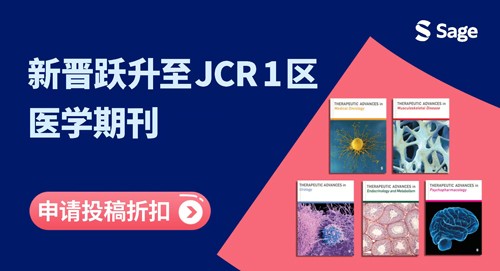


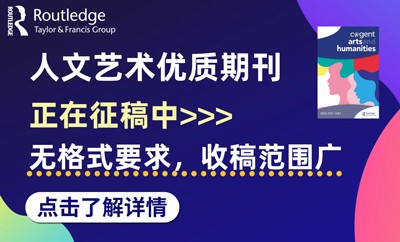




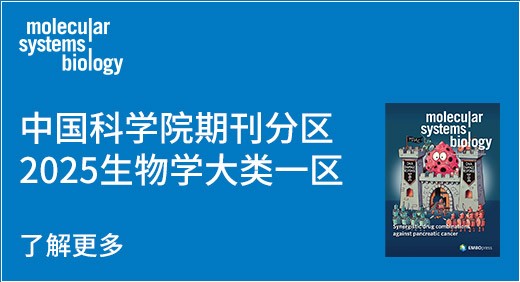


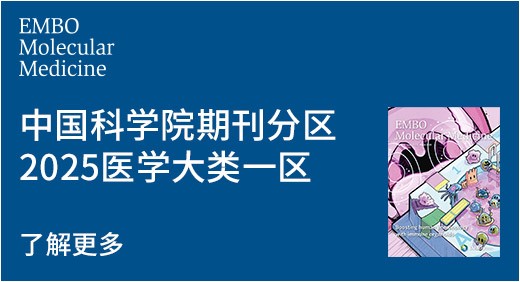






































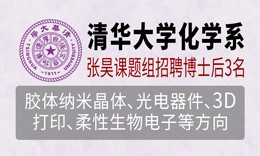








 京公网安备 11010802027423号
京公网安备 11010802027423号